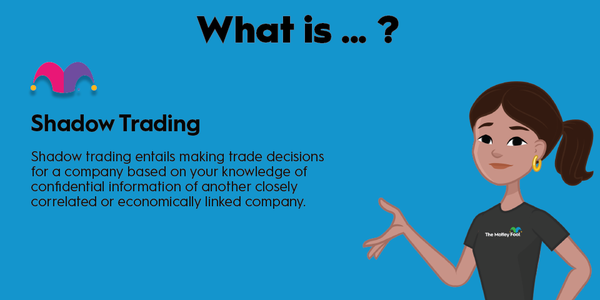A savings account is an account that earns interest with a financial institution. A savings account carries no risk if it is held at a financial institution insured by the Federal Deposit Insurance Corporation (FDIC) and its value is under the insurance maximum. Savings accounts are a safe place to save money you don’t need immediately.
Here’s a closer look at savings accounts, how they work, their pros and cons, and some examples of how to use them.

What is a savings account?
What is a savings account?
Savings accounts enable people and organizations to set aside money for the future in an account separate from their checking account. Savings accounts also allow depositors to earn some interest income. Opening a savings account can help savers set and monitor their savings goals. Having a separate account also makes it less tempting to spend the money.
Savings accounts are risk-free. The FDIC insures savings deposits at banks and other regulated financial institutions for as much as $250,000 per depositor. It protects insured depositors from losing their money in a bank collapse.
How savings accounts work
How savings accounts work
Savings deposits provide banks and other financial institutions with capital they can use to make loans. Financial institutions borrow money from depositors and then lend it to other borrowers. They pay interest to the savings account owners to use this capital, letting the depositors increase their savings.
The interest rate paid on savings accounts is typically based on the federal funds rate and can change anytime. Some banks and financial institutions will pay higher interest rates than rivals to draw in new deposits. The interest earned on a savings account is taxable income for the depositor.
Savings deposits provide banks and other financial institutions with capital they can use to make loans.
What are the pros and cons of a savings account?
What are the pros and cons of a savings account?
Savings accounts have many advantages. The pros of savings accounts include:
- A separate account to save money for a future need.
- They make it easier to set and monitor savings goals.
- You can open multiple savings accounts to save money for several specific purposes (e.g., emergency, wedding, vacation, boat).
- They're easy to set up.
- You can link them to other accounts for transfers.
- You'll earn interest income to increase savings.
- They're accessible and liquid. You can withdraw all your savings without penalty at any time.
- They're completely risk-free if held at an FDIC-insured financial institution and under the insurance limit.
There are some drawbacks to savings accounts. These cons include:
- They typically pay much lower interest rates than other account types, like certificates of deposit (CDs), Treasury bills, and money market accounts.
- Some savings accounts require you to maintain a minimum account balance to avoid fees or earn a higher interest rate.
- Easy access can make it tempting to spend the money sitting in a savings account for something other than its designated purpose.
Examples of savings accounts
Examples of savings accounts
Savings accounts can be undesignated accounts used to earn interest on money that isn’t needed right away. However, many savers open savings accounts for specific purposes.
The most common savings account designation is emergency or rainy day fund. Many people will open a savings account to house their emergency fund in case of unemployment or an unplanned expense like a medical emergency or a major home or auto repair. Financial professionals recommend beginners open a savings account with enough cash to cover the cost of a major unexpected repair, such as $500. They also advocate eventually growing an emergency fund to the size needed to cover three to six months of living expenses. A savings account is an ideal place to park this money. It’s a risk-free account that will generate interest income while providing unfettered access to the money if an emergency arises.
Another way to use savings accounts is to save money for something specific, such as a dream vacation, home, or wedding. Opening a dedicated savings account makes it easy to plan how to reach your goal and track your progress. For example, if you need to save $25,000 to buy a house, opening a savings account dedicated to that goal will allow you to see your progress as you make deposits. The savings account will also generate some interest income, enabling you to increase your savings and reach your goal quicker.





































































































